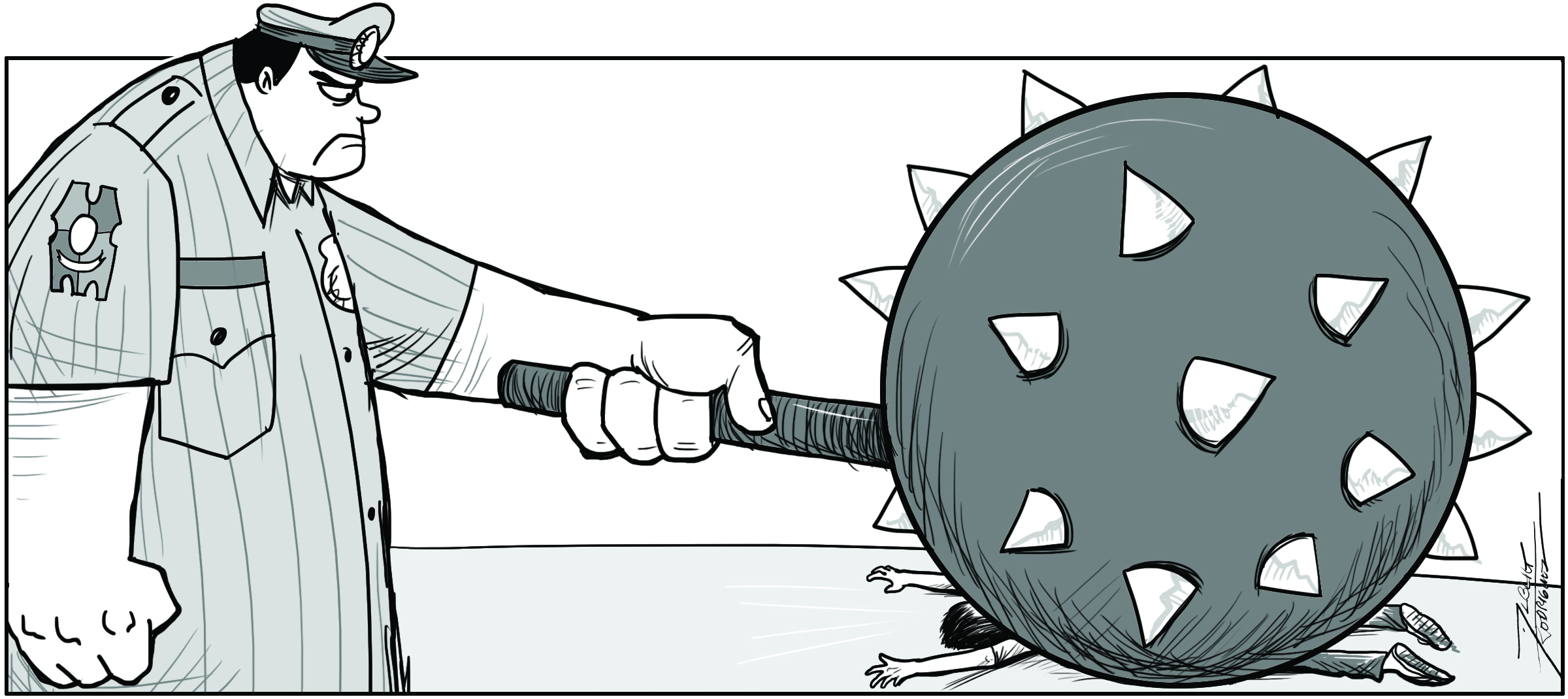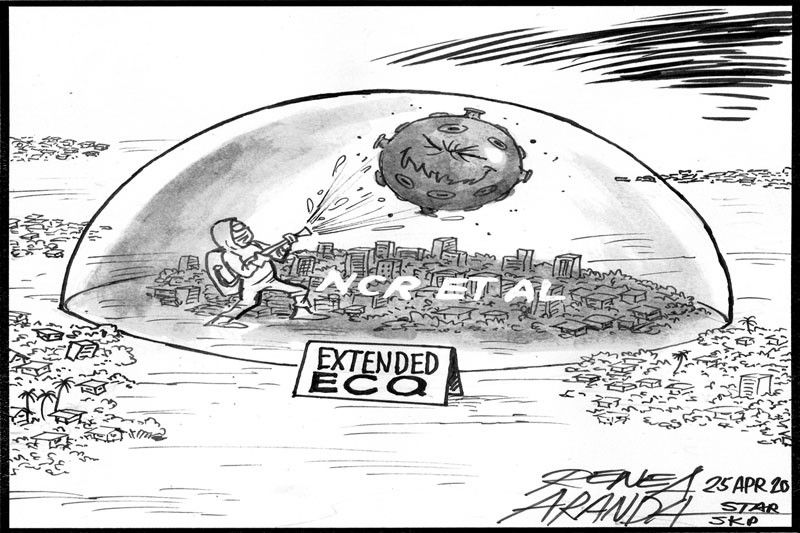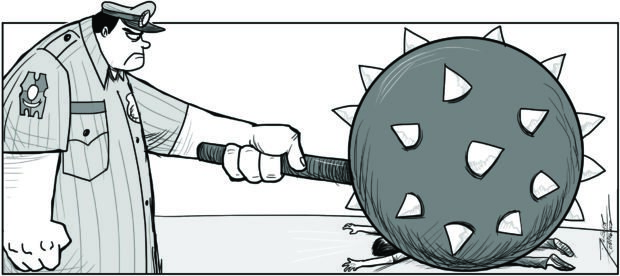EDITORIAL CARTOONS: Excessive force
.
THE EDITOR:

.
Explaining the pandemic
.

Excessive force


<op-ed>.
.


SPACE RESERVE FOR ADVERTISEMENT
The Straits Times says

Flatten the emissions curve too
Asobering thought for the world, which is this week marking the 50th anniversary of Earth Day even as it battles a raging global pandemic, is that Covid-19 will not be the last scourge to threaten mankind. An estimated 1.6 million unknown viruses live in the bodies of animal species that share the planet with humans. The potential for an outbreak heightens as wild animals and humans cross paths more often than they did just a century ago. Living space for both humans and animals has shrunk dramatically since oil began to be commercially used in the early 20th century – speeding the development of cities, global trade and commerce – and the world population exploded. A 2015 study identified changing land use as the most important factor behind many of the zoonotic outbreaks – where viruses jump from animals to humans – that have occurred since the 1940s.
The coronavirus that causes Covid-19 is just the latest in a series that includes HIV, Ebola, Sars, Mers and Zika viruses which also originated in animals. The enormous danger posed by this relatively new hazard has prompted warnings such as that by Microsoft founder and philanthropist Bill Gates who noted that if anything killed over 10 million people in the next few decades, it would more likely be a virus than a war. Environmental conservation and sustainable development are, therefore, vital for a future free of pandemics. But there is little evidence that governments have paid sufficient heed to this. Fossil fuels continue to be the mainstay of economies.










